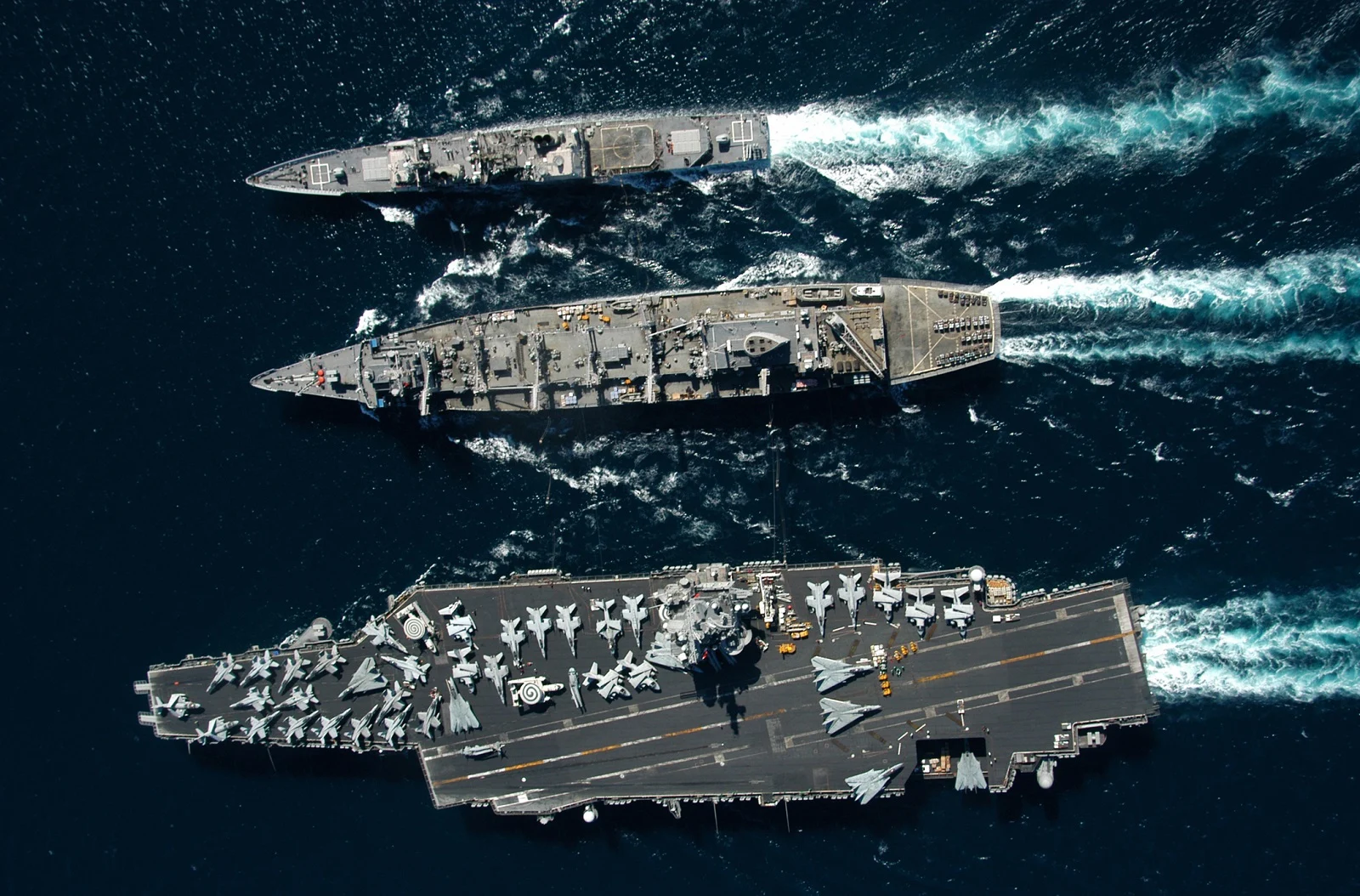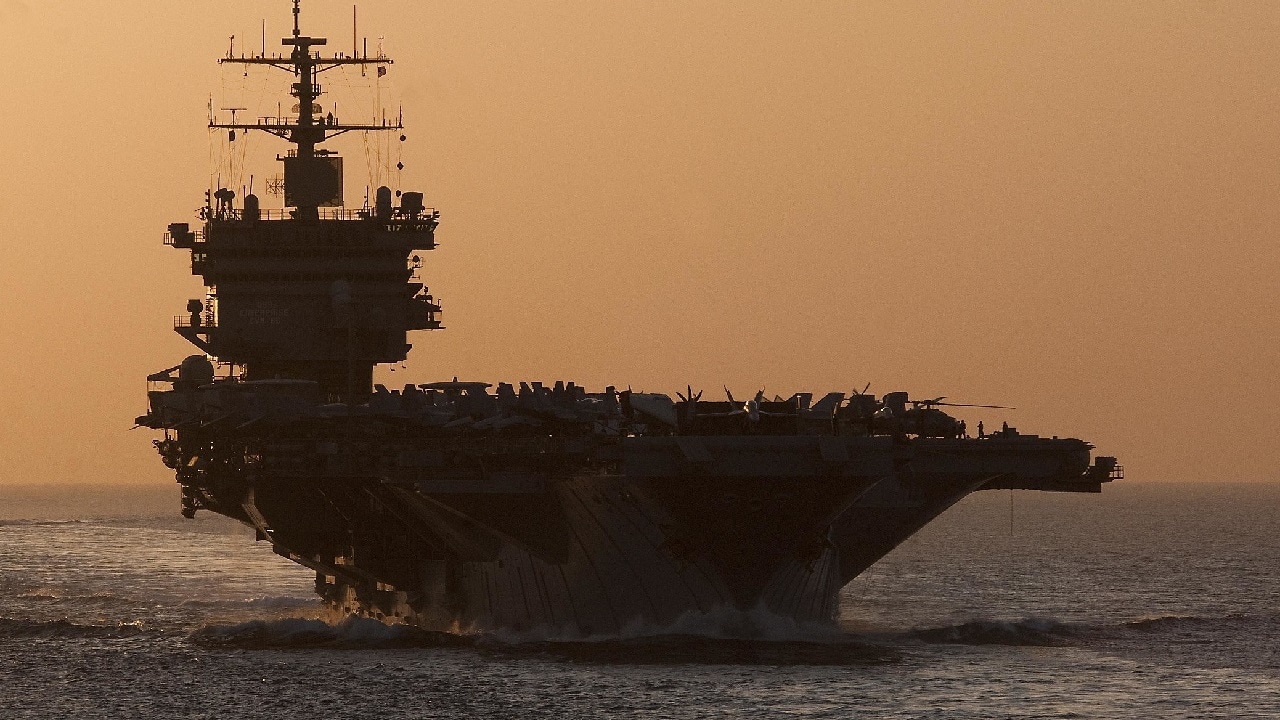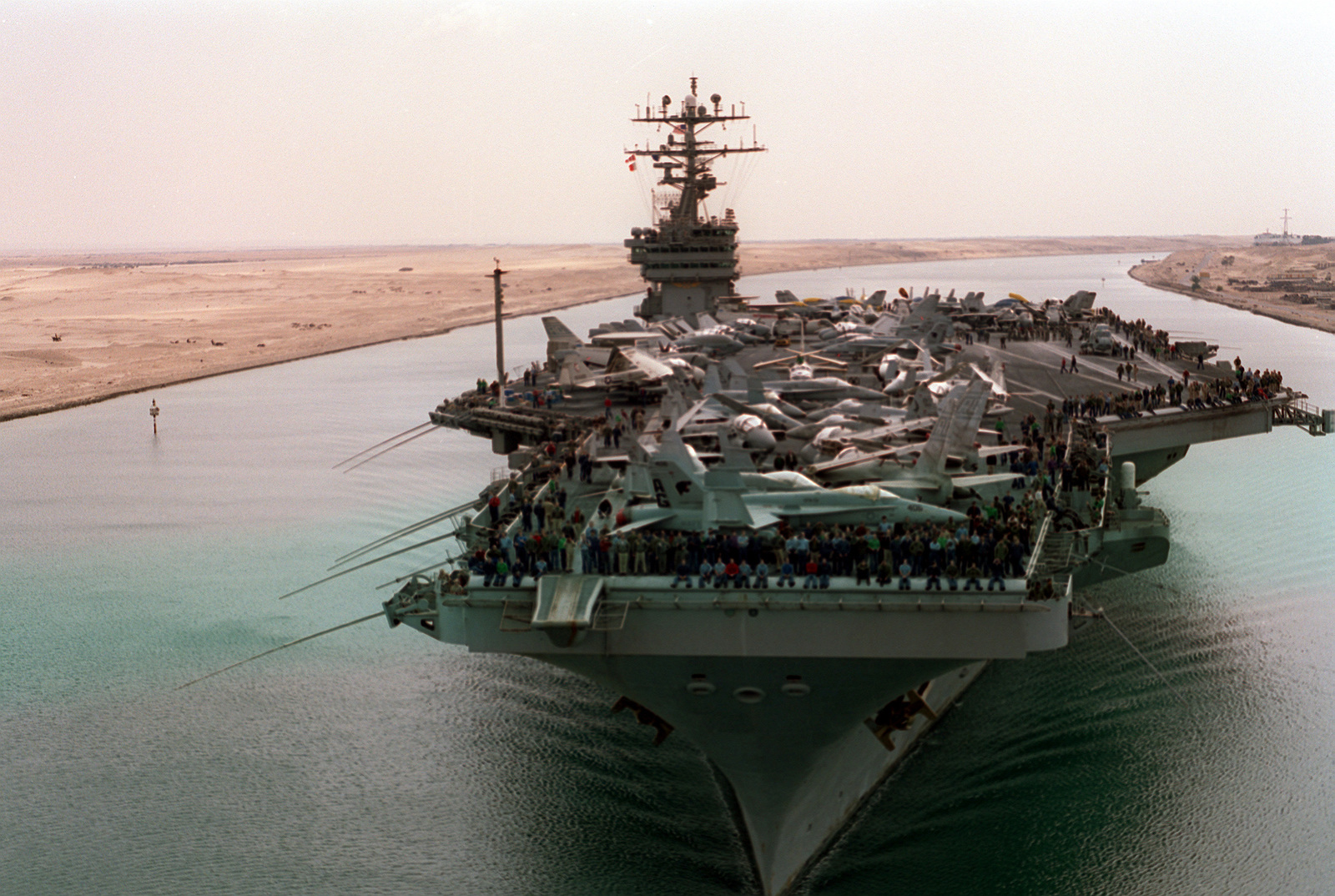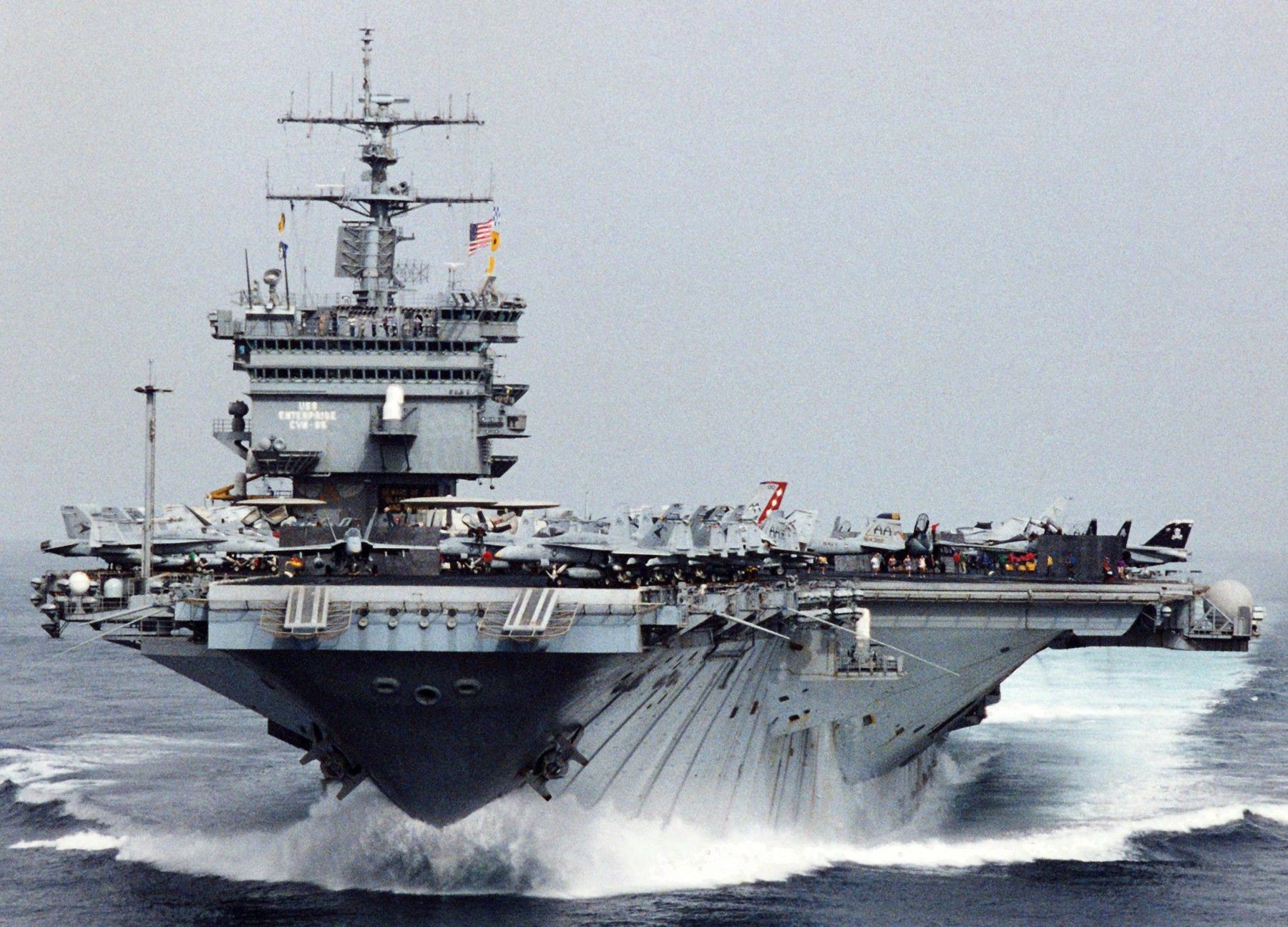The USS Enterprise (CVN-65): A Legendary Aircraft Carrier
The USS Enterprise: A Legacy of Innovation and Service
The USS Enterprise is a name that resonates not only in the realm of science fiction but also in the annals of real-world naval history. This nuclear-powered aircraft carrier holds a special place as the pioneering vessel that forever transformed the course of the United States Navy. Commissioned as the world’s first nuclear-powered aircraft carrier, the USS Enterprise set a standard that continues to influence modern naval operations.
In August 1950, Admiral Forrest Sherman, the Chief of Naval Operations, initiated a feasibility study for nuclear-powered aircraft carriers. A shore-based nuclear reactor, known as the A1W reactor, was constructed for testing purposes, and its success paved the way for the authorization and funding of a nuclear carrier program in 1958. USS Enterprise was commissioned in November 1961, boasting an impressive length of 1,123 feet, making it the longest aircraft carrier ever constructed, and a displacement of 93,284 tons when fully loaded. Its eight A2W reactors, a development of the A1W, collectively generated a remarkable 280,000 shaft horsepower, propelling the Enterprise to speeds exceeding thirty-five knots. The ship was crewed by a complement of 5,500 personnel, including the air wing, and had the capacity to carry eighty-five aircraft.

Enterprise followed the design blueprint of its conventionally powered predecessors, such as the Kitty Hawk and Constellation. It featured four catapults, two on the bow and two on the port waist, as well as four aircraft elevators. Its distinctively shaped superstructure, affectionately known as “the beehive,” housed electronic countermeasures gear and SCANFAR, the world’s first shipboard phased-array radar system, consisting of the SPN-32 and SPN-33 search radars. Remarkably, USS Enterprise may have been the first aircraft carrier commissioned without any armaments since the Navy’s inaugural carrier, USS Langley. Originally designed to carry Terrier surface-to-air missiles, these were ultimately removed from the ship’s final configuration to control costs. It wasn’t until 1967 that two Mk. 25 Basic Point Defense Missile System launchers were installed, each capable of carrying eight Sea Sparrow Missiles. These were later replaced with Mk. 29 launchers, and during the 1980s, three Mk. 15 Phalanx Close-In Weapons Systems were added to enhance the ship’s defenses.

Throughout its storied career, USS Enterprise played host to a variety of carrier-borne aircraft, including F-4 Phantoms, F-14 Tomcats, A-1 Skyraiders, A-3 Skywarrior bombers, A-4 Skyhawks, A-5A Vigilantes, and A-7 Crusaders. Originally designated as a CVA (Carrier, Attack), Nuclear, or CVA(N), it was eventually re-designated as a multi-purpose CVAN (Carrier, Airborne Early Warning, Nuclear). The last air wing to operate from the Enterprise was Carrier Air Wing One, equipped with F/A-18E/F Super Hornets.
Enterprise’s operational history began in 1962 when the ship participated in the blockade of Cuba during the Cuban Missile Crisis. In 1964, the Enterprise took part in Operation Sea Orbit, a historic circumnavigation of the globe alongside the nuclear-powered guided missile cruiser USS Long Beach and the nuclear-powered guided missile destroyer USS Bainbridge, collectively known as Task Force One. They accomplished this feat in just sixty days, covering a staggering 30,565 miles solely on nuclear power. This operation demonstrated the capability of a nuclear-powered fleet to respond rapidly to global crises.

In 1965, Enterprise commenced air operations over Vietnam, conducting air strikes against Viet Cong and North Vietnamese targets. In 1968, it served as the flagship for Task Force 71 during the response to the North Korean seizure of the spy ship USS Pueblo. Later that year, it once again flew air strikes in Southeast Asia. In total, the “Big E” completed six cruises off the coast of Vietnam, with its final deployment to the region occurring in 1975. In 1969, while conducting readiness inspections off Hawaii, an aircraft rocket exploded on the flight deck, triggering a fire. Nine bombs detonated during the incident, claiming the lives of twenty-eight crewmembers and injuring 343 others. Fifteen aircraft were destroyed, including several brand-new A-7 Corsairs. Despite the devastating damage and casualties, the Enterprise managed to carry out emergency repairs and resumed air operations within hours before eventually heading to drydock in Hawaii.

The post-Vietnam era saw a relatively quiet period for the Enterprise until 1988 when its air wing engaged an Iranian Saam-class frigate as part of Operation Praying Mantis, the U.S. response to Iran’s mining of the Persian Gulf. Throughout the 1990s, it enforced no-fly zones over Bosnia and Iraq. In October 2001, it conducted some of the first air missions over Afghanistan, conducting air strikes against Taliban and Al-Qaeda forces. USS Enterprise was officially deactivated on December 1, 2012. Over the past five years, it has been gradually prepared for decommissioning, stripped of its military equipment, and its reactors powered down. The ship was formally decommissioned on February 3, 2017, in a private ceremony at the Newport News Shipyard in Virginia.

While USS Enterprise’s role in proving the viability of nuclear power for aircraft carriers may have faded into the background, its achievements and contributions are undeniable. It circumnavigated the globe three times, completed twenty-five overseas cruises, and executed an astonishing four hundred thousand aircraft landings during its lifetime. It participated in combat missions from Vietnam to Afghanistan, and its crew, numbering in the tens of thousands if not hundreds of thousands over the years, served with dedication and distinction. The Navy has taken steps to ensure that the storied name of Enterprise lives on. In 2012, then-Secretary of the Navy Ray Mabus announced the construction of the third Gerald R. Ford-class carrier, CVN-80, which will bear the name Enterprise well into the second half of the twenty-first century.

Hits: 57





